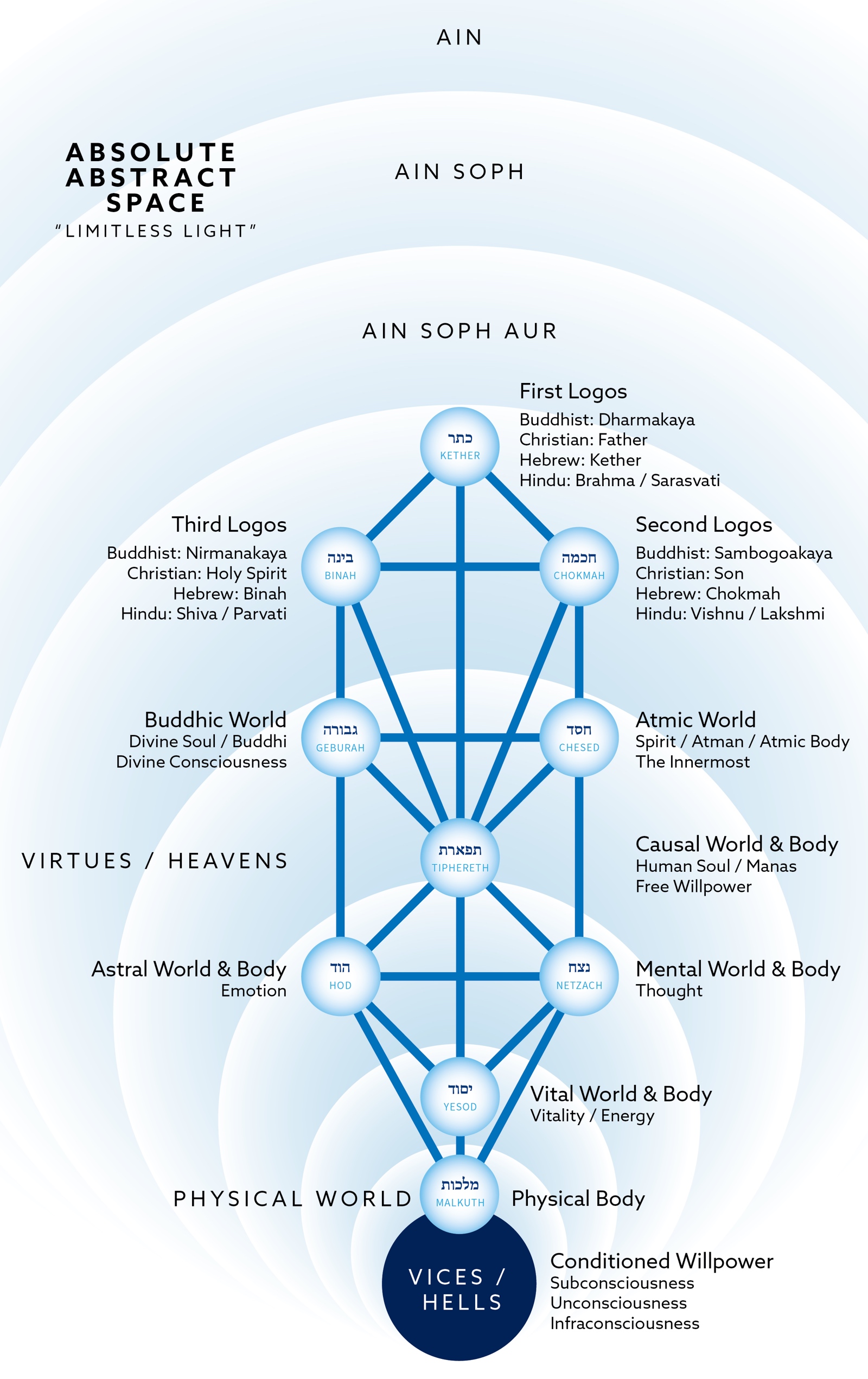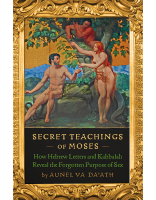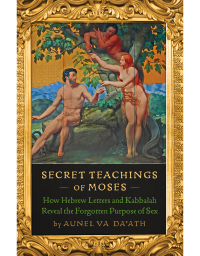The first book of the Torah or Bible is in Hebrew called Bereshith בראשית and is perhaps more commonly known by its Greek name, Genesis. This book was given to humanity thousands of years ago by the great master Moshe משה (Moses). Genesis is a book of the Gnostics. With this word Gnostic we refer to those who have genuine knowledge; that is, conscious experience of the truth.
The Greek word Gnosis does not refer to intellectual concepts or beliefs. No, Gnosis is conscious spiritual experience. Moses, who has a great deal of conscious spiritual experience, is a great Gnostic. In his writings, he taught others how to acquire the same experiences, but his teachings are protected, hidden beneath layers of symbolism, primarily in the occult wisdom of the Hebrew letters.
In order to understand the teachings of Moses, one needs to know the Hebrew letters. In this book we will introduce you to many of the Hebrew letters, and the hidden knowledge contained within them.
The first thing we must understand in regards to the Hebrew alphabet, and language, is that Hebrew is written from right to left, the opposite of English. Thus, the first letter of Bereshit בראשית (Genesis) is Beth ב.
Further, to comprehend the works of Moses, one also needs to know about Kabbalah,1 whose primary symbol is the Tree of Life,2 that tree that God placed in the midst of the Garden.
Kabbalah is a language of symbols. These symbols are not limited by words or dictionaries, but are living entities with very rich and complex hues. The Tree of Life expresses many levels of meaning, from the macrocosmic (the universe around us) to the microcosmic (ourselves).

To understand the teachings of Moses, you need to be taught how to read his writings. Reading scripture is not the same as reading a newspaper.
Hidden in every scripture are many levels of meaning. As with any language, the symbols used in the language of Kabbalah have multiple levels of meaning.
Perhaps the most famous symbol Moses used to teach Gnosis (Hebrew: Daath דעת) is that of Adam and Eve3 in the Garden of Eden. By studying the symbolism hidden in the mysterious Garden of Eden, and the Tree of Life, we begin to understand the processes of the spiritual path explained to us by Moses.
The second chapter in the book of Genesis explains the process of spiritual development in a very cryptic, kabbalistic and alchemical manner, because it uses the language of the internal worlds. The language of the internal worlds, of divinity is kabbalistic, meaning it is deep and very symbolic. Thus, in order to truly grasp this language we must go beyond the limitations of the intellect, and to develop Gnosis, direct conscious comprehension.
The process of initiation4 is a series of developments the soul must pass through in order to become a fit vessel for God to express through. Initiation is internal, related to the soul. Initiation is not in the physical world, although it is fueled by how we live in the physical world.
In this book, when we talk about the Garden of Eden, we are not speaking about the Garden of Eden that existed in the past. That is a different subject matter. This book is about the more important meanings of the writings of Moses: the spiritual, psychological, and physiological archetypes that need to be created within us, in order for us to fulfill our reason for being. Archetypes are blueprints for the soul. The soul needs to be built based upon those archetypes.
For thousands of years, the Garden of Eden has been misinterpreted by the translators and commentators of the books of Moses, people who were not initiated into the protected aspects of the teachings. Thus, not knowing the keys to the knowledge, they invented many mistaken concepts and beliefs.
In order to understand what Moses wrote, we must study the Garden in relation to Kabbalah and Alchemy.5 This book explains the process of initiation hidden in Genesis, and corrects the erroneous interpretations by present and past translators of the books of Moses.
This book will introduce you to the important meanings hidden in various symbols presented by Moses. We will study:
- the two Gardens of Eden
- the various names of God within the Tree of Life
- the four Worlds
- the four rivers and the four Tattvas6 within the Garden
- the role of Lucifer7 within the initiatic process
- the true meaning of Adam and Eve
- the importance of the Hebrew letters within the Tree of Life
- and the role of the Serpent in the Garden of Eden.
Although we will explain some of the mysteries of the Tree of Life and the Hebrew letters in this book, it is very important that you understand that a book such as this can never fully reveal the deep knowledge hidden by Moses in his teachings. To reach that knowledge, one must live the teachings in oneself.







